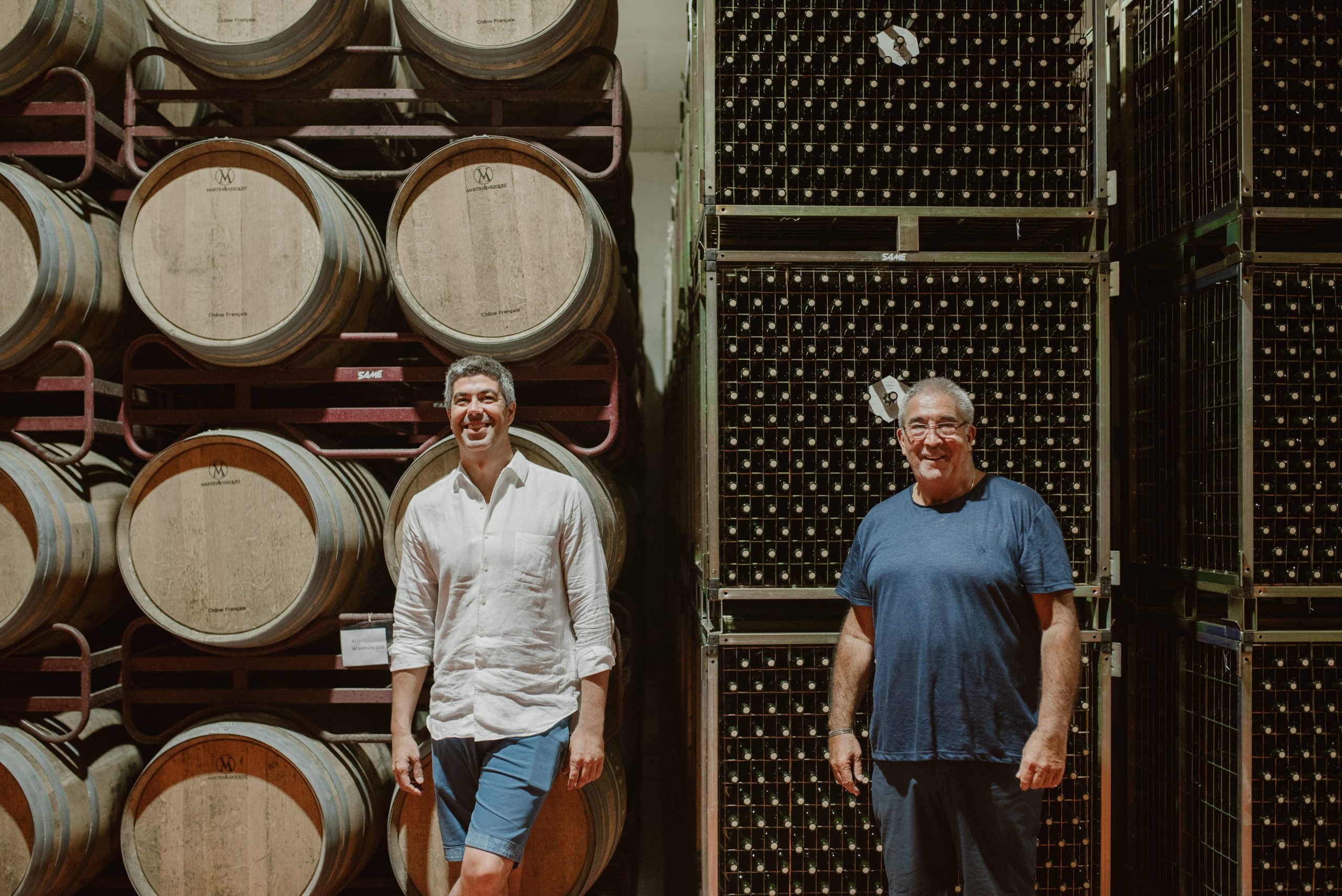Wine and warfare part 2: Dutch courage
From calming nerves before a big attack to getting the courage to talk to that girl smiling at you across the bar, for centuries alcohol has been the nerve booster of choice.
Field Marshal Haig remarked once that, “men are not naturally brave”. There are many things that prepare men to face the possibility of death. Drill, discipline and the unit cohesion and morale it creates are what armies chiefly rely on but, just in case, a tot of rum works wonders too.
The historians John Keegan and Richard Holmes in their book: “Soldiers: The history of men in battle”, describe the onset of combat thus: “As contact with the enemy draws nearer, anticipation sharpens to fear. Its physical effects are striking.
“The heart beats rapidly, the face shines with sweat and the mouth goes dry – so that men often emerge from battle with blackened mouths and chapped lips. The jaws gape or the lips chatter, and in an effort to control himself a man may clench his jaw so tightly that it will ache for days afterwards.
“Many lose control of their bladder or their bowels. Nearly a quarter of the soldiers of an American division interviewed in the South Pacific admitted that they had fouled themselves, and the spectacle of soldiers urgently urinating just before they go into action is as old as battle itself.”
We, in our desk-bound lives, cite a glass of wine as a “stress” reliever at the end of day’s work, is it any wonder a soldier might need a stiff drink when he considers the work of the day yet before him, the so-called “Dutch courage” of the title?
The term was most likely coined by English troops in the Spanish Netherlands fighting alongside the Dutch armies of the United Provinces during the Thirty Years War although, as is the way with these things, there is also evidence that it may have been at the earlier Siege of Antwerp in 1585 during the longer running Eighty Years War involving the Spanish and Dutch and which the 1618-1648 conflict over-lapped.
In any case, it involves English troops fighting alongside Dutch allies against the Spanish and as gin as we know it is generally thought to have evolved in the 17th century it is there we shall remain.
Between 1625 and 1630 during the terrible conflict which swept Europe into a plague and death-filled abyss for 30 years, Protestant England, always happy to poke its Spanish rival in the eye, sent troops to support the Dutch and Palatinate forces in Holland and Germany, in what became known as the Anglo-Spanish War.
“Jenever”, gin, like most spirits was originally developed as a medicine and the Dutch physician Franciscus Sylvius is usually credited with its creation. The spirit was initially issued to Dutch soldiers to help keep out the cold and then used by the men who found it to be an extremely effective nerve steadier when the Spanish tercios, dense regiments of pikemen and arquebusiers, marched into contact.
Partner Content
It is thought that the English soldiers would have seen the Dutch troops drinking jenever before battle and, once explained, took to calling it “Dutch courage”. It may have been intended as an insult originally but naturally it was quickly adopted by the English too.
Unfortunately, English participation in the war did not go well and the largest land battle in which English troops took part, the Siege of Breda in 1625 ended in defeat.
Nonetheless, English troops would return home with a taste for the new spirit and gin took even firmer hold later on in the century, when William of Orange claimed the throne from James II.
The Dutch troops he brought over with him and who campaigned against James II during the Williamite War in Ireland at the siege of Derry and the battles of the Boyne and Aughrim no doubt kept up their fathers’ pre-battle tradition.
So too would the English troops who returned to Holland to fight alongside the Dutch during the Nine Years War of 1688 – 1697, as William III used his new kingdom to battle the expansionist agenda of Louis XIV; an old foe of the stadtholder.
Through the siege of Namur and the battles of Steenkerque and Neerwinden it is not difficult to imagine Dutch and English soldiery once again putting gin to good use – even if its new primary role was not exactly as Sylvius had first envisaged it.
Next time: We stay in the war-torn Spanish Netherlands to explore the military origins of Pedro Ximenez.
Previously: The Romans at war.





Great to see some articles at Drink Business on some of the dynamic history behind drink. A well written article.
For further details on the origin of “Dutch Courage” and it’s association with Jenever, the Dutch and the evolution into English gin, see [http://www.drinkingcup.net/gin-the-complete-history-part-1/]
Look forward to reading your PX article – DC 😉